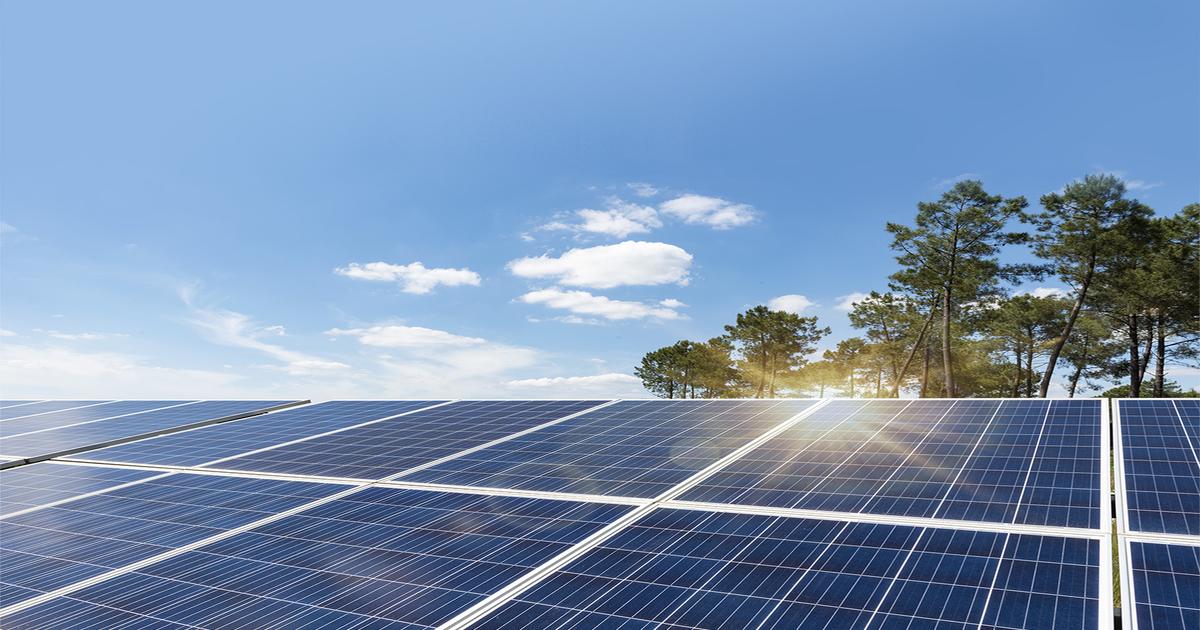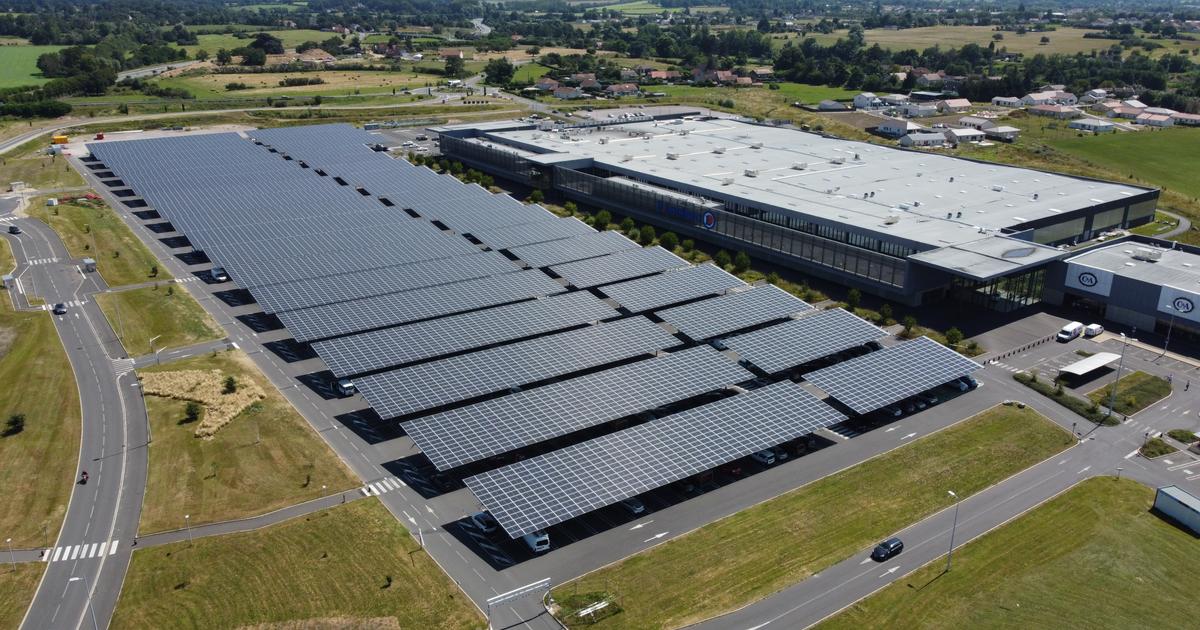Interview with solar park planner: "House roofs alone do not replace a power plant"
Created: 04/14/2022, 07:36
By: Dominik Goettler
The company Energiebauern uses the areas under their PV modules as sheep pasture.
© Energy Farmers
Sepp Bichler from Sielenbach (Aichach-Friedberg district) operates around 70 solar parks throughout Germany with his company "Energiebauern GmbH" - with an output of a good 550 megawatts.
In an interview, the 71-year-old talks about how to harvest the sun.
Mr. Bichler, how did your neighbors react when you put your first solar system on the roof 30 years ago?
Some laughed, others thought, now he's going crazy.
At that time, the technology still came from space travel and it cost two marks to generate one kilowatt hour of electricity.
Today we are marketable at around six to seven cents for solar and wind power.
But one or the other probably thought: If he makes money with it, why don't we?
PV systems are currently being built on agricultural land in many places.
Is this the energy production of the future?
Sepp Bichler © Energy Farmers
It's part of the energy transition.
We need the wind, we need photovoltaics and we need buffer and storage options - for example with biogas, hydrogen and batteries.
For this we will also need PV parks on arable land, because we cannot replace power plants with house roofs alone.
Some think: Such a solar park spoils the landscape.
matter of opinion.
Such parks can be designed beautifully.
And it's a matter of location.
We are very careful when selecting areas and have not encountered much resistance so far.
If the council doesn't want it, we're gone.
We don't proselytize.
But it must be clear: If we want the energy transition, then our villages will also change.
The skepticism often also applies to investors.
Yes, there are a lot of fortune seekers from all over the world who want to place something in the communities and God knows where the money goes.
But if you involve the community in the creation of value, for example with citizen participation, then there are few acceptance problems.
Is there enough space?
More than enough.
There is a lot of interest in agriculture.
These are often farmers who are reaching retirement age and are looking for additional old-age provision.
Because of the Ukraine war, there is a discussion about which areas can still be used for growing food.
Isn't it counterproductive to use agricultural land to generate energy?
In any case, PV systems may only be set up on so-called disadvantaged areas, i.e. on fields and meadows that produce weaker yields.
We currently use more than ten percent of agricultural land for biogas or biofuel.
With photovoltaics, however, I have forty times the energy yield per hectare compared to biogas.
Only 0.1 percent of the area is currently covered with photovoltaics.
We would need about two percent to make our contribution to the climate goals.
In addition, we continue to farm on our PV parks: We use the areas under the modules as sheep pasture - including wolf-proof fences.
Many planners complain about the excessive bureaucracy.
Is it similar with PV parks?
When I plan a solar park today, I have to involve around 40 public bodies.
And there is almost always a clerk who finds an insurmountable obstacle.
The skylark is to us what the red kite is to wind power planners.
That takes a lot of nerves.
We must finally move away from prevention thinking and towards design thinking.
Economics Minister Habeck speaks of the "Tesla pace" in the expansion.
I find it wonderful.
Rough planning in three months and then get started.
Whether the amphibian runs better from left to right or from right to left could also be clarified before commissioning - I'm saying that deliberately sarcastically.
Do you have the impression that Habeck's Easter package is the right step?
Basically, the Renewable Energy Sources Act must be streamlined.
But with the Easter package comes new bureaucracy.
I don't believe in the plans to build the PV parks in such a way that tractors can still be driven underneath if this makes electricity production more expensive.
Is our infrastructure sufficient to be able to use new PV parks?
Our power grid is extremely weak in rural areas because almost no industry is located there.
If we set up decentralized energy systems in rural areas, we have to radically expand these networks.
We are already no longer feeding all of the electricity we generate into the grid.
This is often forgotten in the debate.
We would need a thousand new substations.
And in the future we will have to pay more attention to using the power peaks.
On sunny days, the e-cars would have to be charged at midday instead of at night and household appliances such as the washing machine would have to be operated.
And we need hydrogen storage for excess electricity.
There is still a lot to do in politics.
It's not enough to announce new expansion goals every day without explaining how to achieve them.
Interview: Dominik Goettler









